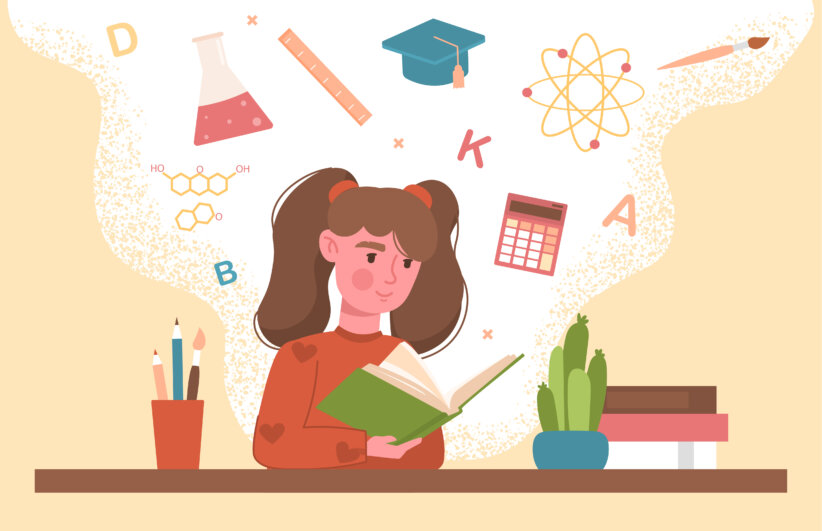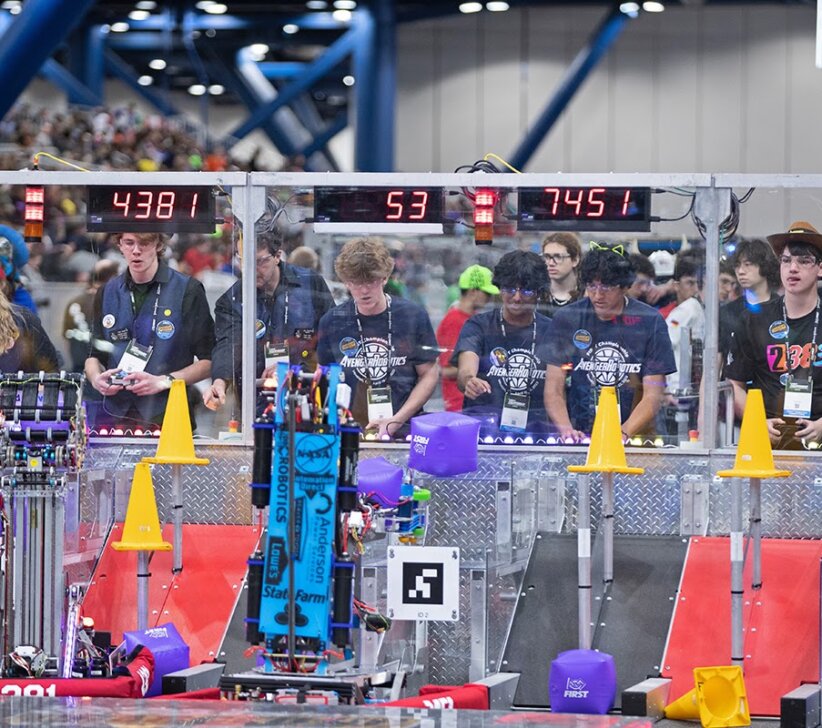Concussions and Youth Sport
With the arrival of summer, most families are outdoors enjoying activities synonymous with warmer weather. Many indulge in bike riding, jogging, rollerblading and hiking. This is also the time when children are away at camp or at home engaging in sports such as Little League baseball, girls’ softball, lacrosse and soccer. The extra physical activity is great and should be encouraged, but it can also lead to injury. It comes as no surprise that there is an increase in sports-related traumas this time of year. For that reason, it’s important to remind parents, coaches and camp counselors to be on the look out for possible concussions. It isn’t so much a bump or blow to the head, but a concussion can occur when there is sufficient force applied to the body that causes a sudden motion of the head.
Possible Symptoms
According to the Centers for Disease Control (CDC), there are an estimated 1.6 million to 3.8 million sports-related concussions each year in the United States. And, sadly, some of these can go unnoticed or be misdiagnosed. These are symptoms that may be present after a child suffers a concussion: difficulty concentrating or thinking clearly; balance problems; irritability; trouble sleeping or a change in sleeping habits. It’s important to know that some of these symptoms may be present immediately or they may not surface until days or months after the injury. If you are the least bit concerned, you should take your child to see a health care professional who is experienced in evaluating concussions.
If an athlete sustains an injury that is a suspected concussion, he may complain of a headache; double or blurred vision; sensitivity to light; feeling foggy; dizziness or nausea. There are other warning signs coaches, counselors and parents should look for: weakness; numbness or decreased coordination; repeated vomiting or nausea; slurred speech; the athlete looks drowsy and cannot be awakened; doesn’t recognize people or places; loses consciousness – even briefly; gets confused, restless or agitated; and suffers seizures or convulsions. When these occur the athlete or individual should be taken immediately to a hospital for treatment. In the old days when an athlete had his “bell rung,” he’d be taken out of the game to rest for a time and then be allowed to return to the field of play. We now know that’s dangerous. Concussions are a form of traumatic brain injury and should be taken very seriously.
At the Hospital
Once at the hospital, a physician will evaluate your child in the Emergency Department to determine if a CAT scan is required along with other testing. At Lawrence Hospital Center, children and adults alike can take advantage of the Low Dose CAT scanning device. The Low Dose CAT scan emits up to 40 percent less radiation during a scan.
Does a concussion always require an immediate hospital visit? It all depends on the symptoms. That’s why it is so critical to pay attention to an athlete who may have had a head or jolting body injury. Any suspected concussion requires an evaluation by a physician who should then be the one to give the athlete clearance prior to his return to sports. Most people fully and quickly recover from a concussion. But, it can take longer for older adults, teens and young children to do so – sometimes days, weeks or even longer. It’s better to err on the side of caution.








